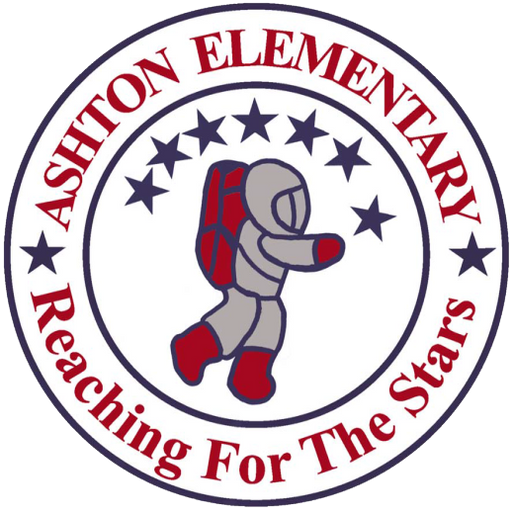
REACH Program
Ashton REACH Program
Innovative – Creative – Challenging – Problem/solution Oriented
Challenging each student to REACH his or her full potential and using differentiated instruction to REACH each and every child. As a REACH team, WE BELIEVE that each child's educational experience is enhanced when...A stimulating learning environment offers an enriched curriculum while fostering exploration, creativity & divergent thinking. A team approach to instruction is coupled together with a focus on the whole child. Differentiated instruction is tailored to meet students’ individual and unique learning styles/needs. Technology is used as a vital part of a child's education
Students are provided the opportunity & encouraged to utilize their talents to reach out and give back in the community
Eligibility And Placement:
REACH is an advanced work class consisting of students who are high achieving and self-motivated. While there are gifted identified students in the REACH program, Ashton does not have a full-time gifted class placement. Some gifted identified students are in REACH and others receive their gifted services from a teacher holding a gifted endorsement. Students being considered for the REACH program must be enrolled at Ashton the previous school year. All students, whether gifted identified or not, must meet eligibility every year to remain in the program. Eligibility consists of a matrix of data and characteristics including but not limited to: Academic performance on classroom, district, and state testing; Grades for quarters 1-4; Work habits, Attendance, and Behavior.
REACH screening takes place at the end of each school year and the data is calculated and reviewed over the summer. Administration finalizes REACH placement before the start of the next school year. Parents and students are notified of REACH placement at Meet Your Teacher in August.
Curriculum Enhancement
The REACH program is based on the best practices in Gifted Education (including the philosophies of Bloom’s Taxonomy and Gardner’s Multiple Intelligences). Lessons, activities, and projects will be designed to meet the specific needs of each child.
Some of the best practices are:
Theme based projects
Technology integrated into content areas
Integrated units
Math investigations
The teaching of higher order thinking skills
Creative problem solving
Use of Multiple Intelligences
Differentiated Curriculum Includes:
Modifications to curriculum that adjust for the pace and depth of learning
Inclusion of interdisciplinary enrichment materials
Guided in-depth studies of special interest areas emphasizing student product development
Instruction modified to meet the “learning style” of the students.
